Synopsis
The 2025 Maha Kumbh Mela in Prayagraj, concluding on 26 February, revisits the Mughal rulers’ complex relationship with this sacred Hindu gathering. Emperor Akbar imposed and later revoked a tax on pilgrims, while Shah Alam looted the fair in 1776, marking the empire’s decline. The British later exploited the Kumbh for revenue, imposing entry taxes and managing its profits. Historical records also highlight royal donations and sectarian clashes among ascetics. With two Shahi Snan baths remaining, the Kumbh Mela endures as a symbol of India’s spiritual and historical resilience.
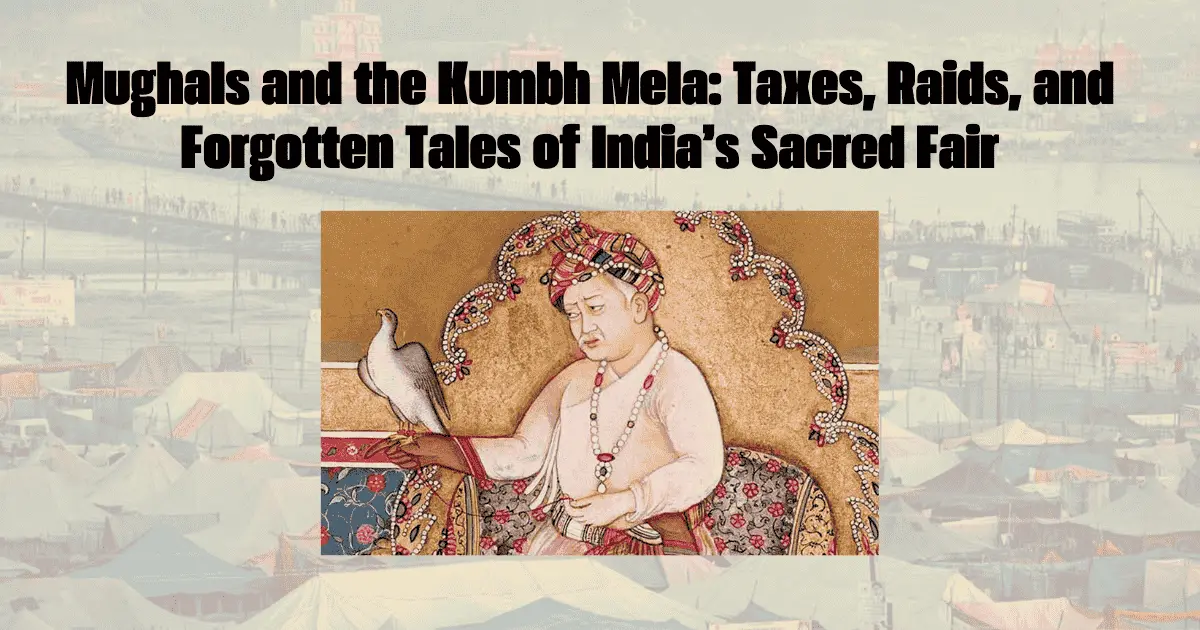
Mughals and the Kumbh Mela: A Turbulent Legacy
The 2025 Maha Kumbh Mela in Prayagraj, concluding on 26 February, revives tales of Mughal rulers’ controversial ties to this ancient Hindu pilgrimage. From taxes to raids, their interventions left lasting marks on the Kumbh’s history.
Akbar’s Tax on the Kumbh Mela
Mughal Emperor Akbar abolished the jizya tax on non-Muslims but imposed a levy on Kumbh Mela attendees in the 16th century. Historians cite Khulasat-ut-Tawarikh, noting Akbar’s tax sparked protests until Hindus persuaded him to revoke it. The book Bharat Mein Kumbh confirms this tax as a rare Mughal attempt to monetize the sacred event.
Shah Alam’s Infamous Looting Spree
In 1776, Mughal ruler Shah Alam raided the Kumbh Mela, as recorded in historian Jamiyat Khan’s Jamiyatnama. Earlier, Emperor Jahangir visited Haridwar’s Kumbh in 1620 but left unimpressed, shifting focus to Kangra. Shah Alam’s plunder highlighted declining Mughal authority and exploitation of religious gatherings.
British Exploitation and Revenue Tactics
Post-1857 Revolt, the British imposed a 1.25-rupee entry tax on Kumbh attendees, deterring pilgrims and emptying the fairgrounds. By 1870, they took control of Kumbh management, earning ₹49,000 in revenue during the 1882 Prayagraj Kumbh against ₹20,000 expenses. Tax policies and affidavits from kalpavasis (ritual campers) became tools for colonial profit.
Royal Donations and Sect Conflicts
7th-century Chinese traveler Xuanzang noted King Harshavardhan donating wealth at Prayagraj’s Sangam every five years. Buddhist Records of the Western World by T. Waters cites similar acts by Kapisa and Malwa kings. Meanwhile, sect clashes erupted at Kumbh Melas—like the 1253 battle between Shaivite Naga sadhus and Vaishnavite Bairagis in Haridwar, documented in A History of the Dasnami Naga Sanyasis by Jadunath Sarkar.
Final Shahi Snan and Legacy
With two remaining Shahi Snan baths (12 February and 26 February 2025), the 2025 Kumbh continues blending spirituality and history. From Akbar’s taxes to British greed, the fair’s resilience reflects India’s enduring cultural fabric. provide an enriching spiritual experience for pilgrims while preserving the cultural heritage of the grand event.
Did your ancestors share Kumbh Mela stories? Comment below! Share this article to spread India’s untold histories.


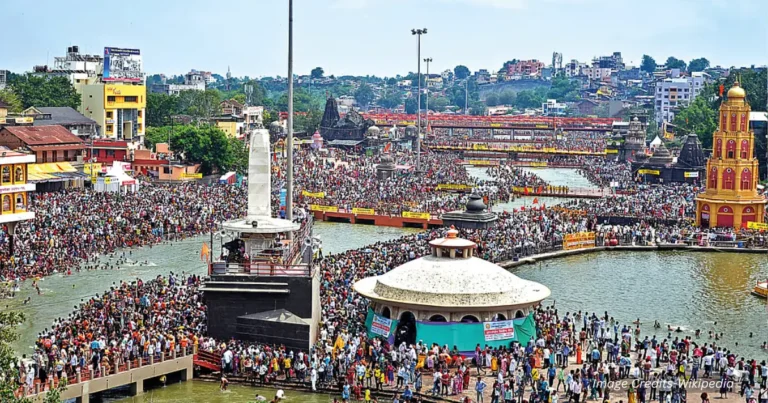
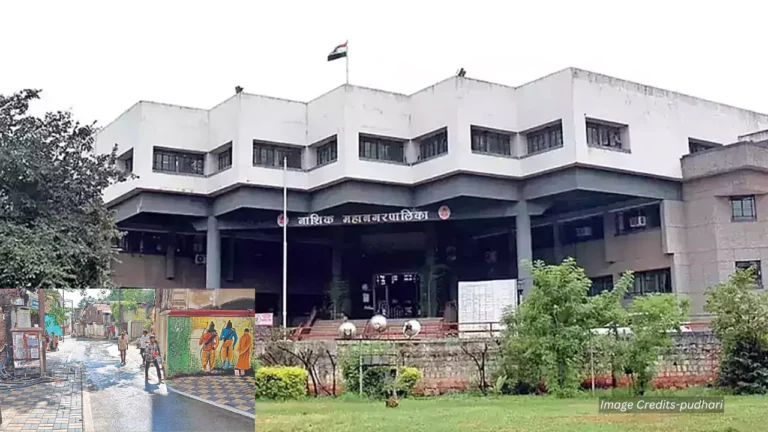
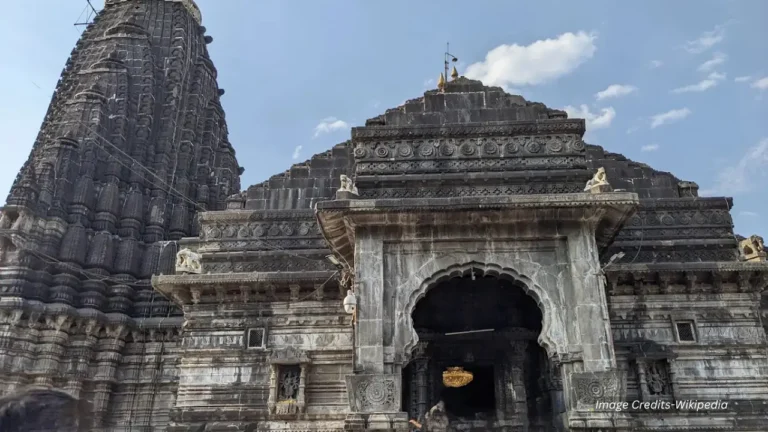

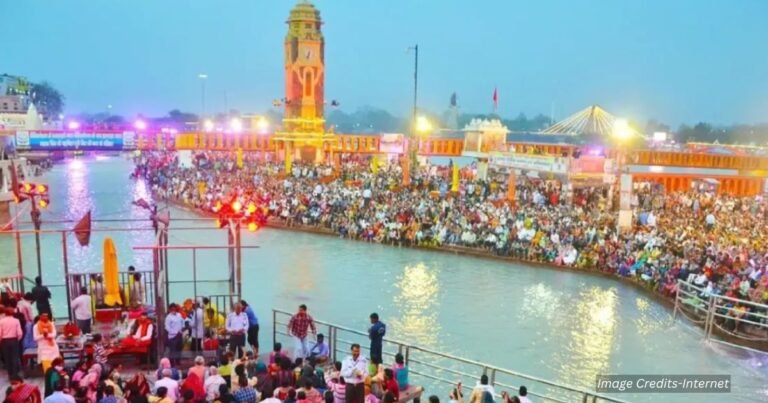

💬 Leave A Reply
Thanks for choosing to leave a comment. Please keep in mind that all comments are moderated according to our comment policy. Your email will NOT be published.